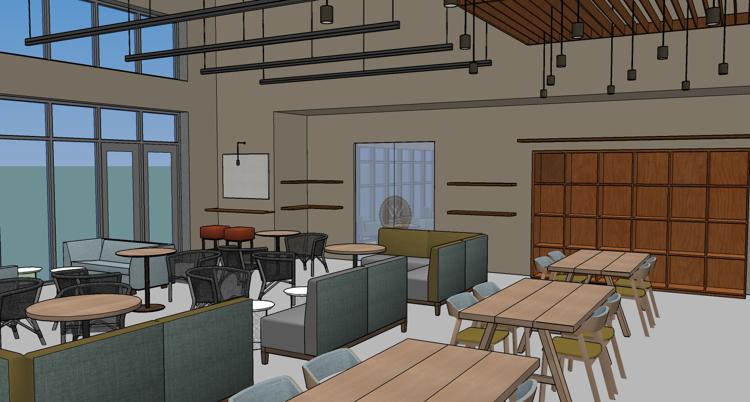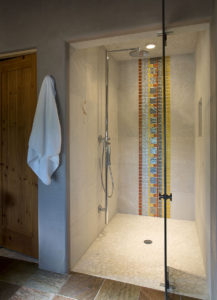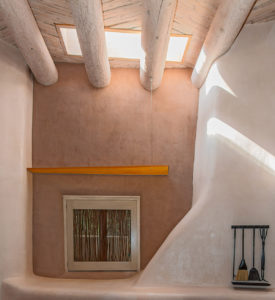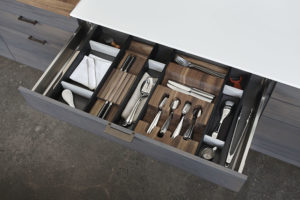Dreams to Reality

You know the phrase “back of napkin?” It refers to the quick-and-dirty generation of ideas, often to solve specific problems. They tend to be the ideas that sit at the heart of new creative projects, whether it’s starting a business or redesigning the interior of your home. And while they are exciting, and often worth returning to for inspiration as a project winds its way to completion, they aren’t enough.
They aren’t enough because regardless of how great the ideas, in the real world there are also things like budgets, immovable timelines, and a whole collection of restrictions, as well as whether or not available resources will be sufficient. It is in this phase, referred to as design development, that we offer some details of how dreams become reality. Here, we want to get “into the weeds.” We ask questions like which material, fixture, equipment, finish, and furnishing will not only sustain the narrative, the story you’re trying to tell, but perform — think about things like durability and maintenance. When these questions are answered, we can go from back of napkin to something more formal and stable, and something we’re pretty sure is feasible. The looser sketches are drawn with more precision: harder lines of definition and clarity.
This process breaks ideas apart into chunks for exploration, both in and of themselves and in concert with the others. This is where the process gets truly complicated, as each is a very important variable to the whole, yet brings an entire range of specific and individual possibilities and restrictions along with it. The design team will constantly reassess and reprioritize at this point. You may cling tight and fast to all of the cabinetry being top-grade walnut, but will then need to knowingly compromise when it comes to the plumbing-fixtures package. Here, an experienced interior designer can navigate the options of what is paramount and what is sufficient in a way that maintains the integrity of the overall aesthetic intention.
Let’s be clear: This process is arduous, and requires commitment from all parties, as well as good communication. Each decision builds on top of the last and often affects (in real-time) the budget, timeline, and availability of resources. For instance, a stone that you fall in love with may no longer be available when you’re ready to actually buy. Or the wall covering you have to have, but hadn’t been able to commit to, is now on back-order, or has increased in price. Perhaps the artisan who can apply the specialty material or finish is not available for several months, and in order to keep on schedule, the solution needs to change. In any of these scenarios, an informed pivot may be required.
It is imperative that all stakeholders are fully responsive and clear in working through any issues that crop up and that all specific design and purchasing decisions are well-established. This phase establishes the course for the design to ensue yet where there is still time to question and counteract each detail and its implication.
This is a weighty time in the design process, but one that brings gratification from much digging and due diligence, and helps to ensure that the next steps will bring to life to those napkin sketches.


